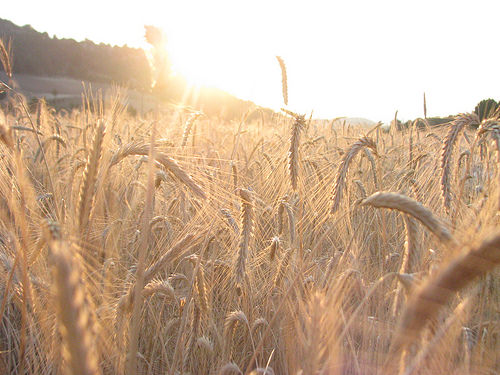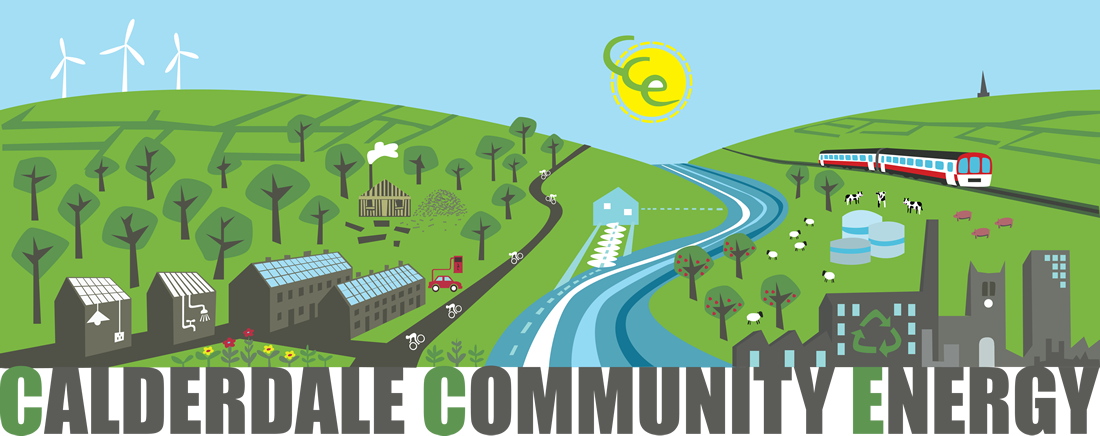
Photo from Flickr http://www.flickr.com/photos/63483222@N03/8209814078
What is Biomass?
Biomass heating using renewable fuels like wood which can be grown again as opposed to limited coal deposits. Biomass is usually considered to be carbon neutral as the carbon emitted by burning biofuel is equivalent to the carbon which would be absorbed by the growth of new fuel (i.e. atmospheric carbon dioxide as opposed to releasing carbon dioxide from sealed and stored deposits).
Biomass systems can power household or industrial level heating depending on the scale of the system purchased and installed.
Biofuel can be made from crop residues (such as corn stalks) as well as from sustainable harvested natural habitats or grown specially as energy crops.
What are energy crops?
Perennial crops such as deciduous trees and grasses are grown for use as fuel to be used in biomass power plants to provide heat and power. The most commonly used is willow, grown on a rotation of 2 – 4 years and known as short rotation coppice. Grasses such as miscanthus give a bigger harvest per hectare than willow and can be harvested annually, but are better suited to the more temperate regions of the UK. Straw can also be used.

Photo from Flickr http://www.flickr.com/photos/131069746@N03/16427829085
What is forestry and industrial wood waste?
Forestry waste is the residue from the clearing and management of woodland and forests. It is also possible to use the wood waste from industrial sites such as furniture manufacturers.
How does it work?
Biomass heating can work in the same way as a traditional stove or bigger units may include hot water tanks which are heated to power systems like radiators. In a biomass power plant, the chipped, shredded and dried fuel is fed into a boiler, from where the gas is collected and used to produce electricity or heat by combustion. The growing cycle for short rotation coppice requires a growth period of 3-5 years before effective harvesting can take place.
What is the environmental impact?
Energy crops require very little in the way of pesticides and herbicides. Apart from the visual impact of growing coppice, in certain circumstances it could be regarded as beneficial for wildlife. This will, of course, depend on individual site characteristics. There are few environmental issues related to forestry and straw. After a forestry site has been cleared there could be more water run-off but this is manageable with good forestry practice and replanting regimes. Using industrial wood waste avoids landfilling this waste, and the use of woodland residues can make forests more accessible through better management. The costs involved in transporting fuel to a power plant need to be taken into account and it could cause an increase in traffic. All biomass power installations should be designed to meet meet air emissions regulations.
How much does it cost?
At present the total investment costs for biomass boiler plants are estimated at £1800-3000/kW installed. It is estimated that wide scale deployment will bring the costs down considerably and improve the efficiency. Costs for boiler plants for forestry residue will be in the region of £1600/kW installed for a 5MW installation.
